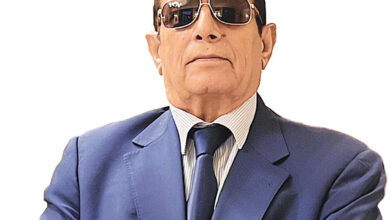Defence Priorities for the New Government
India will have a new Government after the election results in the world’s biggest democracy are announced May 23, and hopefully the elected leadership has a clear and stable majority in the lower House of Parliament, the Lok Sabha, to ensure effective governance.
The Indian elections are cumbersome due to the perpetually growing number of voters and varied and tough terrain. The exercise is massive, but notably, the transfer of power to a new elected government has always been proper, notwithstanding the ambiguities sometimes leading to coalition politics and multi-party governments.
Whether the current Modi Government comes back to power – which is likely – or there is a new leadership, the Number 1 task for the new Government has to be to make up for the delays in military acquisitions on a fast track basis. The armed forces have suffered ever since VP Singh cancelled various programmes processed by the preceding government for the armed forces and intelligence agencies post the 1986 Bofors gun acquisition, alleging corruption in most of them.
Recently, after the dogfight in which an upgraded IAF MiG-21 shot down a PAF F-16, there were questions all over as to why the Indian Air Force was still deploying the Soviet vintage MiGs.
This is a reminder that much of the equipment with the Indian armed forces is old, and while periodic up-gradation is required to squeeze the max out of a system, the teeth to deter and delete an enemy have to come from the latest systems. Unfortunately, feverish allegations in the political arena as over the 1986 Bofors or 2015 Rafale acquisition to malign one another have hampered the routine modernisation process for the armed forces, and indeed, they have suffered over the decades.
Even up-gradation of the Bofors gun, which came up with full Transfer of Technology, was held up till now and it has just been turned into a higher calibre as Dhanush by the Ordnance Factory Board. It is still the best gun with the Indian Army.
Similarly, as there were difficulties in progressing acquisition of the Rafale after it was selected by IAF in the 2007 Medium Multi Role Combat Aircraft competition, the government rightly ordered 36 of these combat jets in a G-to-G deal with France. The inevitable allegations are again there, and IAF’s modernisation has further been harmed.
Most IAF squadrons are old. Although, IAF placed a new competition in April 2018 for 110 combat aircraft, with ToT, it is also looking for at least 36 more Rafales, permissible to be acquired without any tender as follow-on under the existing procedures. One need not draw attention to the recent Indo-Pak tensions to say that howsoever, IAF requirements have to be accorded Top Priority.
Certainly, along with those of the Army, Navy, Intelligence organisations and paramilitary bodies, the new Government should set priorities for all the Services within the first few months.
Gulshan Rai Luthra




